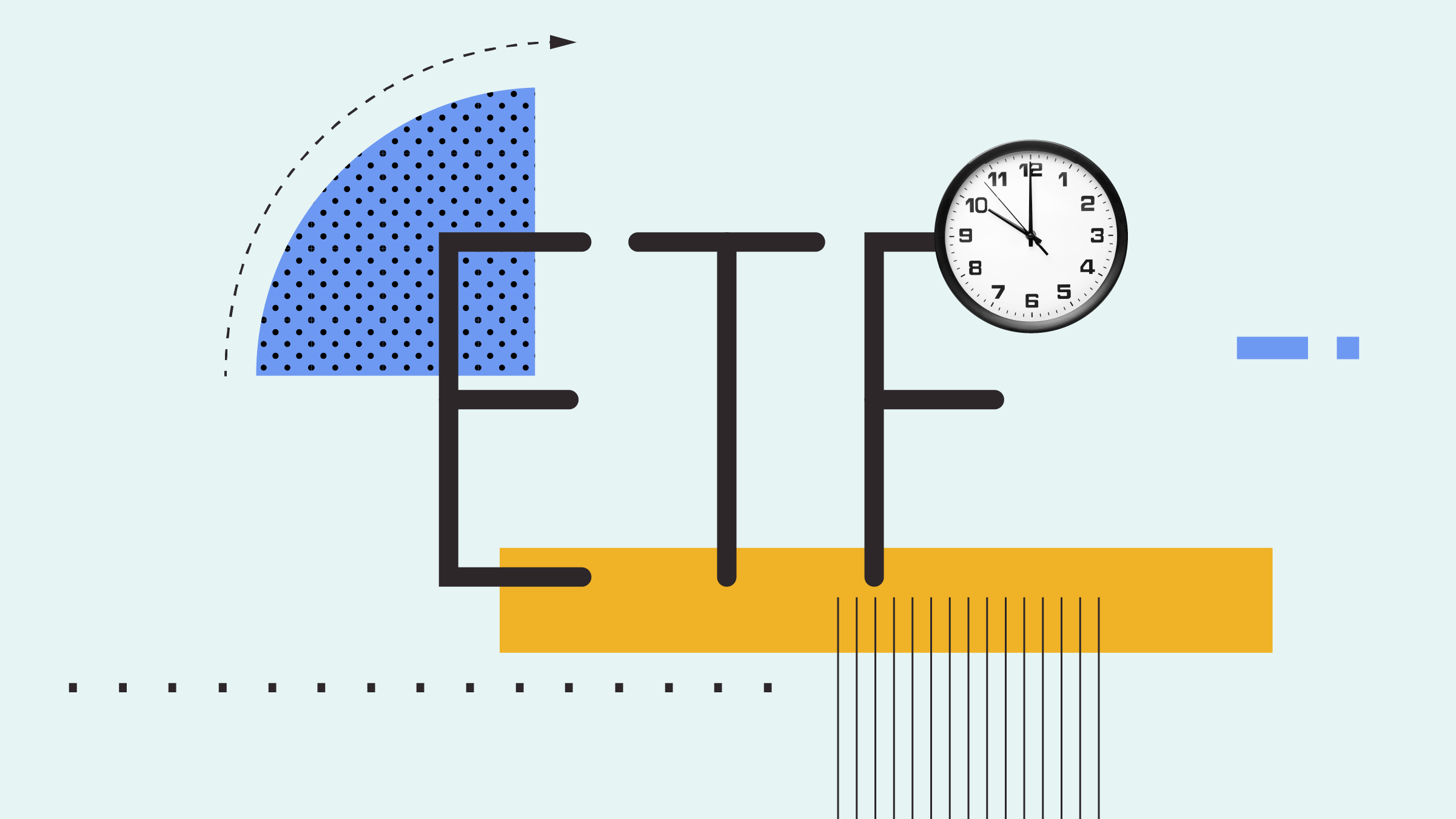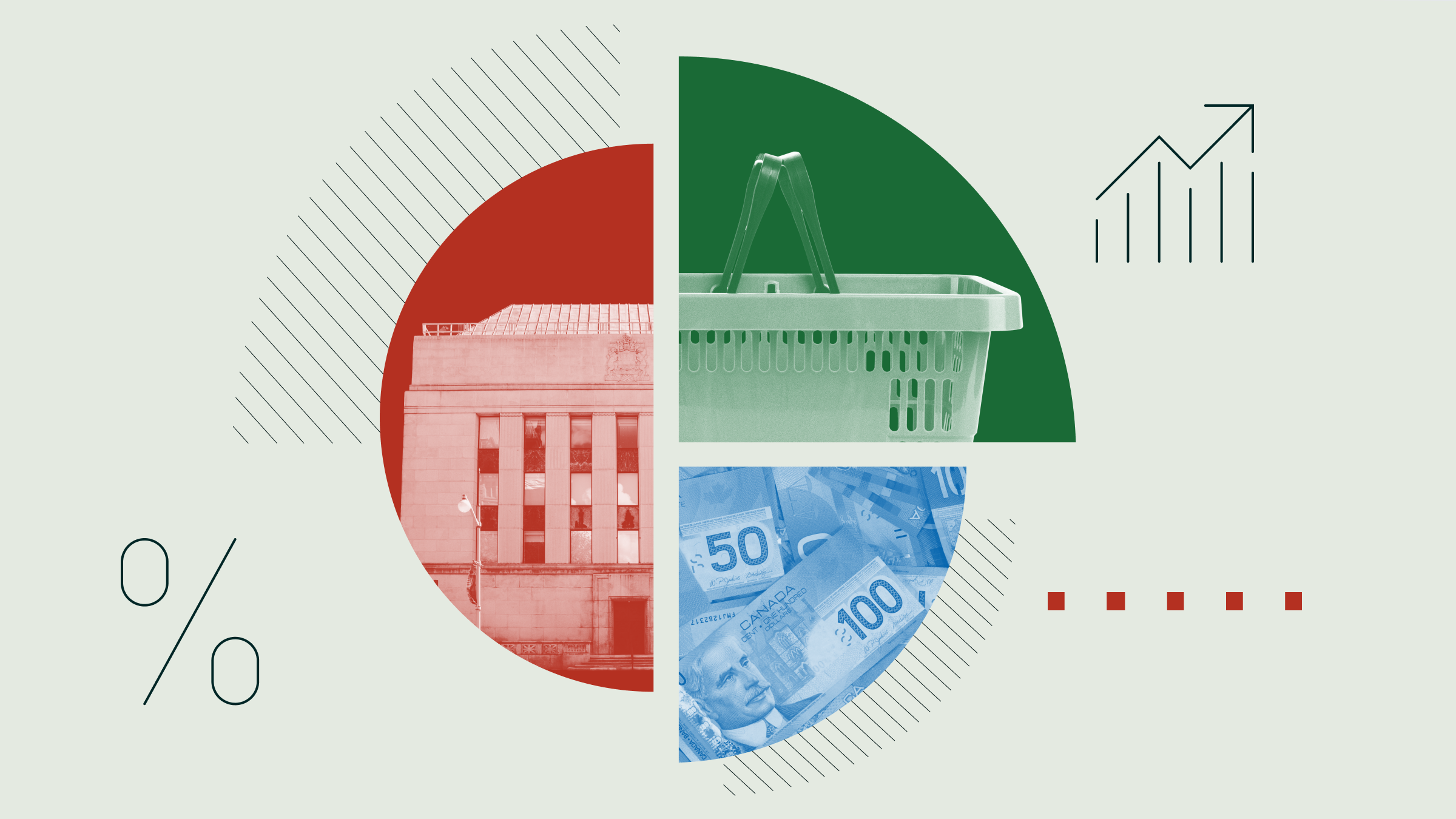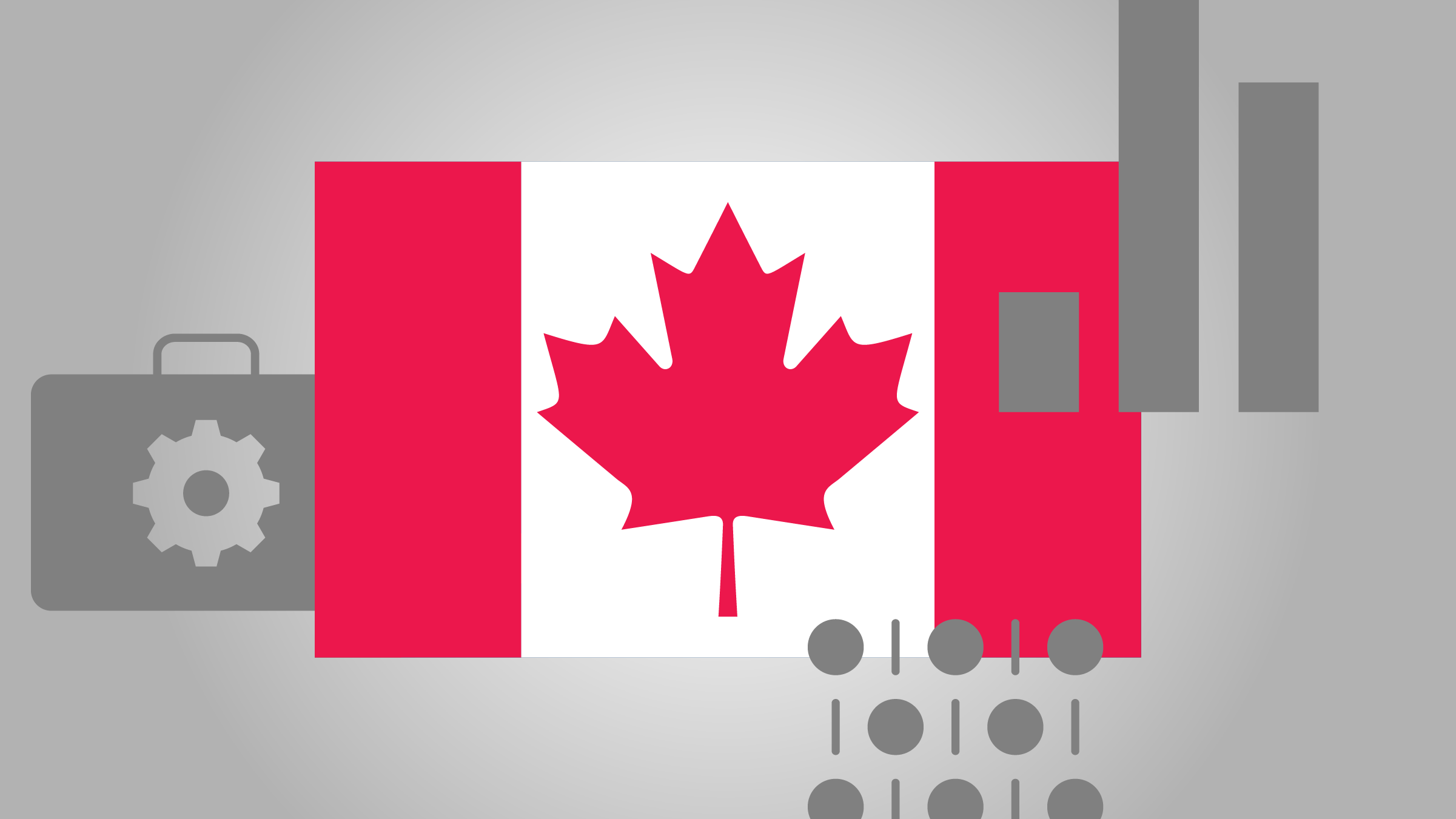Investors are making less and less distinction between mutual funds and exchange-traded funds, and that's a good thing. ETFs are mutual funds, albeit ones that trade on a stock exchange. When looking for substitutes, investors should compare both vehicle types against each other. Within Canada, the Morningstar Rating -- more commonly known as the "star rating" -- has long ranked ETFs and mutual funds within the same investment categories based on their historical risk-adjusted performance.
The Morningstar Analyst Rating for ETFs, which we are launching today, is a forward-looking assessment of an ETF's prospects relative to its ETF and mutual fund competitors. We've had qualitative Analyst Ratings for mutual funds since 2011, and extending them into the ETF arena helps investors make effective comparisons across vehicle types. We use the same scale in both types of funds, assigning Gold, Silver, Bronze, Neutral or Negative ratings based on the fund's long-term prospects versus its mutual fund and ETF category rivals. Our methodology is the same as well. Analysts assess the quality of the ETF's people, process, performance, parent organization and price, just as they do in rating mutual funds.
Morningstar analysts now rate more than 300 ETFs globally, including nearly 40 in Canada. While we expect to rate a longer list of strategies, our initial ratings focus primarily on market-cap weighted index trackers and a smaller group of strategic-beta ETFs across major market classes.
Accentuating the positive
Of 37 rated funds, 28 are rated positively. In part, that's by design. Our coverage list focuses on lower-cost offerings, which are more likely to earn higher ratings. Had we included high-priced niche ETFs, such as those that provide leveraged market exposure, you'd see a higher proportion of Neutral- or Negative-rated funds. ETF ratings aren't alone in this regard. Analyst Ratings for Canadian mutual funds skew positive because our coverage criteria favours funds with strong long-term records, reasonable costs and a record of fund-holder-friendly practices.
- Analyst ratings of Canadian ETFs we cover
Even if we didn't consciously favour higher-quality ETFs, our Analyst Ratings would likely exhibit a positive bias. That's because most are a lot cheaper than their actively managed competitors. Cost isn't the only determinant of success, of course, but funds with lower fees are more likely to outperform than those with higher fees, endowing most ETFs with a cost advantage.
An unfair comparison?
Price comparisons between ETFs and mutual funds aren't entirely fair. Mutual fund fees include costs related to unitholder servicing, advice and distribution that ETFs don't pay. ETF investors may bear these added costs, but they aren't included in the management-expense ratio (MER). Comparing their MERs to those of mutual funds sold through fee-based advisors helps level the playing field, as these share classes exhibit the most ETF-like pricing structure. Investors pay advice and transaction costs outside of the MER, just as with ETFs.
We consider price not just relative to the active competition but also to rival ETFs. If two funds track the same benchmark or a similar one, the cheaper one is likely to outperform. ![]() Vanguard Canada Aggregate Bond Index (VAB) and
Vanguard Canada Aggregate Bond Index (VAB) and ![]() iShares Canada Universe Bond Index (XBB) track the Canadian investment-grade bond market, but the Vanguard fund's 0.12% MER is a fraction of the iShares offering's 0.33% price tag. Both look relatively cheap next to the peer group -- the median for non-commission-based funds in the Canadian Fixed Income category is 0.87% -- but active managers face better odds of outpacing the iShares fund than its Vanguard competitor. That explains why the latter is rated Silver and the former Bronze.
iShares Canada Universe Bond Index (XBB) track the Canadian investment-grade bond market, but the Vanguard fund's 0.12% MER is a fraction of the iShares offering's 0.33% price tag. Both look relatively cheap next to the peer group -- the median for non-commission-based funds in the Canadian Fixed Income category is 0.87% -- but active managers face better odds of outpacing the iShares fund than its Vanguard competitor. That explains why the latter is rated Silver and the former Bronze.
Broader is better
VAB and XBB have smoked the competition historically, and their price advantage should help keep them ahead of the pack. So why aren't they rated even more highly?
Consider why passive investments tend to outperform in the first place. It's not that active managers are unskilled. Rather, investing is a zero-sum game, and for every dollar that outperforms the market, there's a dollar that underperforms. In aggregate, active managers earn the market return before fees. Because index funds usually charge lower fees, they should earn better returns than most active investors. (Holding cash, as many managers do in order to meet redemptions, also is a drag on returns.)
This relationship weakens when the benchmark poorly represents active managers' opportunity set, however. Active Canadian Fixed Income managers invest more heavily in corporate bonds and some dabble in the high yield market -- a contrast to the conservative, government-bond-heavy indexes the ETFs track. These distinctions make price a less-reliable predictor and open a window, however small, for active managers to outperform.
The same isn't true for ETFs tracking broad, representative indexes, such as ![]() iShares S&P/TSX Core Capped Composite (XIC),
iShares S&P/TSX Core Capped Composite (XIC), ![]() Vanguard FTSE Canada Index (VCE) and
Vanguard FTSE Canada Index (VCE) and ![]() Vanguard FTSE Canada All Cap (VCN). Active Canadian large-cap managers don't venture much, if at all, from this sandbox: The indexes include virtually their entire investable Canadian universe, and the standards of the Canadian Equity category limit non-Canadian content to 10% stakes, a threshold most managers don't come near. As a result, the index return should approximate what active managers earn as whole. With XIC levying a 0.06% MER and the Vanguard funds charging 0.05%, versus 1.13% for the median non-commission-based funds in the category, the ETFs are highly likely to outperform, resulting in Gold ratings.
Vanguard FTSE Canada All Cap (VCN). Active Canadian large-cap managers don't venture much, if at all, from this sandbox: The indexes include virtually their entire investable Canadian universe, and the standards of the Canadian Equity category limit non-Canadian content to 10% stakes, a threshold most managers don't come near. As a result, the index return should approximate what active managers earn as whole. With XIC levying a 0.06% MER and the Vanguard funds charging 0.05%, versus 1.13% for the median non-commission-based funds in the category, the ETFs are highly likely to outperform, resulting in Gold ratings.
Process, execution matter
It may seem odd to describe passive funds as having a process, but they do. There's no one way to construct an index. How benchmark providers define an index's investment universe and weight its holdings, as well as deciding how often to rebalance or add or delete new constituents, can have a big impact on results. Strategic beta or other rules-based strategies may employ very different approaches even when they target similar risk factors.
The lone Canadian small-cap ETF we cover, ![]() iShares S&P/TSX Small Cap (XCS), is hobbled by methodological flaws in its benchmark. Most small-cap indexes hold a fixed share of the larger investable universe -- say, the smallest 5% or 10% by market cap. XCS's benchmark defines stocks with market caps of $100 million to $1.5 billion as small cap. Because these boundaries don't fluctuate along with the market, how well the index reflects the small-cap universe fluctuate with market conditions. As the name of the Canadian Small/Mid-Cap Equity category implies, active managers enjoy flexibility to hold larger names. Active managers can avoid speculative basic materials stocks, which have been an albatross for the index. Moreover, XCS's 0.62% MER is relatively high by ETF standards, limiting its price advantage. These weaknesses make the fund the only Canadian ETF with a Negative rating.
iShares S&P/TSX Small Cap (XCS), is hobbled by methodological flaws in its benchmark. Most small-cap indexes hold a fixed share of the larger investable universe -- say, the smallest 5% or 10% by market cap. XCS's benchmark defines stocks with market caps of $100 million to $1.5 billion as small cap. Because these boundaries don't fluctuate along with the market, how well the index reflects the small-cap universe fluctuate with market conditions. As the name of the Canadian Small/Mid-Cap Equity category implies, active managers enjoy flexibility to hold larger names. Active managers can avoid speculative basic materials stocks, which have been an albatross for the index. Moreover, XCS's 0.62% MER is relatively high by ETF standards, limiting its price advantage. These weaknesses make the fund the only Canadian ETF with a Negative rating.
An effective process isn't just fundamentally sound but also executed well. Execution is where Neutral-rated ![]() BMO MSCI EAFE Index (ZEA) falls short. This ETF tracks a widely-followed developed foreign markets benchmark and sports a reasonable 0.23% MER. But it has been dogged historically by sky-high trading costs, making it more expensive than it appears at first blush. Its approach to portfolio construction has also contributed to high tracking error. ZEA holds the MSCI EAFE's largest constituents and a sampling of smaller names. Including roughly 500 of the index's 900 names -- an unusual line-of-attack in tracking liquid, large-cap benchmarks like the MSCI EAFE -- makes it harder to match index returns. ZEA still looks relatively affordable even after accounting for its trading costs and tracking error, but similar rivals like Silver-rated
BMO MSCI EAFE Index (ZEA) falls short. This ETF tracks a widely-followed developed foreign markets benchmark and sports a reasonable 0.23% MER. But it has been dogged historically by sky-high trading costs, making it more expensive than it appears at first blush. Its approach to portfolio construction has also contributed to high tracking error. ZEA holds the MSCI EAFE's largest constituents and a sampling of smaller names. Including roughly 500 of the index's 900 names -- an unusual line-of-attack in tracking liquid, large-cap benchmarks like the MSCI EAFE -- makes it harder to match index returns. ZEA still looks relatively affordable even after accounting for its trading costs and tracking error, but similar rivals like Silver-rated ![]() iShares Core MSCI EAFE IMI Index (XEF) have been more reliable.
iShares Core MSCI EAFE IMI Index (XEF) have been more reliable.
Sensible methodologies can result in unappealing outcomes even when executed well. Neutral-rated ![]() iShares Canadian Select Dividend (XDV), for example, screens for yield but it also tests for dividend growth, dividend stability and coverage ratio, which helps limit the risk of holding companies that can't sustain their payouts. The portfolio, though, is highly concentrated both by stock and sector, with just 30 holdings, more than 50% of assets in its top-10 names and upwards of 60% in the financials sector. Many managers in the Canadian Dividend & Income Equity category are far better diversified, partly because they can hold up to 30% in U.S. stocks. Many use this freedom to hold dividend payers in sectors like technology and health care, which get little play in Canadian benchmarks. Such diversification explains why XDV has delivered weaker volatility-adjusted results than the category average.
iShares Canadian Select Dividend (XDV), for example, screens for yield but it also tests for dividend growth, dividend stability and coverage ratio, which helps limit the risk of holding companies that can't sustain their payouts. The portfolio, though, is highly concentrated both by stock and sector, with just 30 holdings, more than 50% of assets in its top-10 names and upwards of 60% in the financials sector. Many managers in the Canadian Dividend & Income Equity category are far better diversified, partly because they can hold up to 30% in U.S. stocks. Many use this freedom to hold dividend payers in sectors like technology and health care, which get little play in Canadian benchmarks. Such diversification explains why XDV has delivered weaker volatility-adjusted results than the category average.
The smattering of strategic beta strategies we rated generally scored well in both process and execution. Instead of weighting stocks based on market cap, ![]() PowerShares FTSE RAFI U.S. Fundamental (PXS) and
PowerShares FTSE RAFI U.S. Fundamental (PXS) and ![]() PowerShares FTSE RAFI Canadian Fundamental (PXC), use fundamental measures like sales and book value to measure company size, which leads the funds to underweight their benchmark's priciest stocks and overweight the cheapest. There's nothing special about this weighting methodology, but the indexes' valuation-driven approach to rebalancing gives them an advantage. The suite of iShares EDGE Minimum Volatility ETFs under coverage, all rated Bronze, targets not value but the volatility factor. It plays off the tendency for investors to favour higher-volatility stocks as an alternative to using leverage. While low-volatility strategies are often highly concentrated by sector, the iShares ETFs make limited sector bets. Both value and low-volatility stocks have outperformed over the long haul, but the price premium charged (relative to the market-cap weighted alternative) by the ETFs limit our conviction to Bronze ratings.
PowerShares FTSE RAFI Canadian Fundamental (PXC), use fundamental measures like sales and book value to measure company size, which leads the funds to underweight their benchmark's priciest stocks and overweight the cheapest. There's nothing special about this weighting methodology, but the indexes' valuation-driven approach to rebalancing gives them an advantage. The suite of iShares EDGE Minimum Volatility ETFs under coverage, all rated Bronze, targets not value but the volatility factor. It plays off the tendency for investors to favour higher-volatility stocks as an alternative to using leverage. While low-volatility strategies are often highly concentrated by sector, the iShares ETFs make limited sector bets. Both value and low-volatility stocks have outperformed over the long haul, but the price premium charged (relative to the market-cap weighted alternative) by the ETFs limit our conviction to Bronze ratings.















